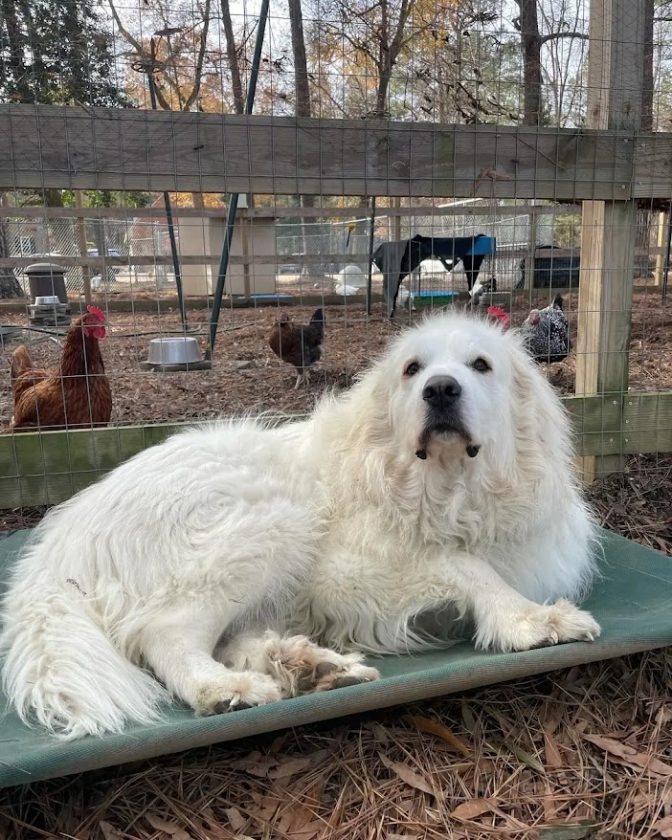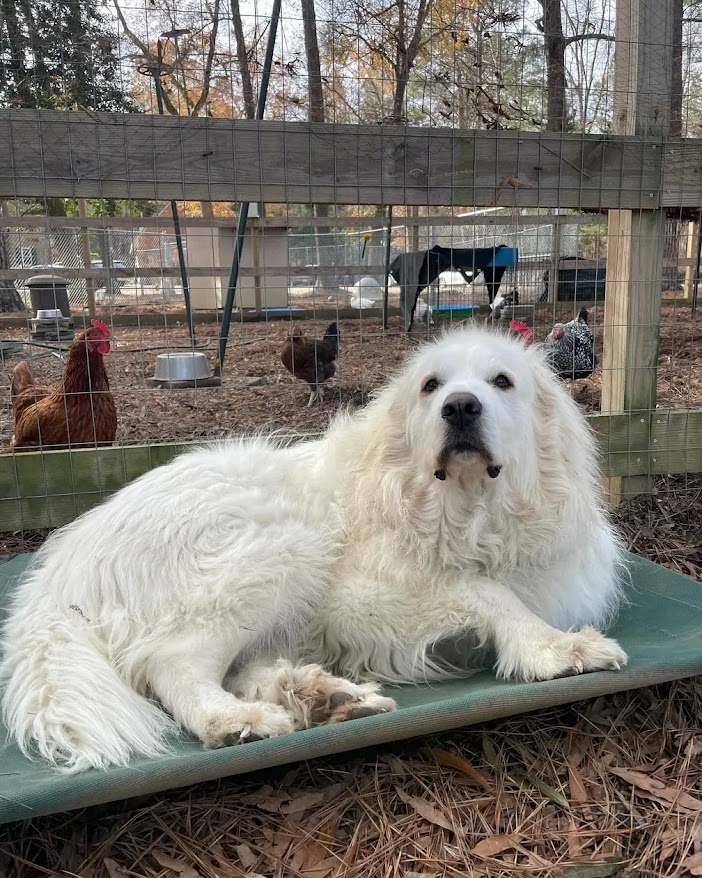
Great Pyrenees vs Other Livestock Guardian Breeds: What Sets Them Apart?
When people think “livestock guardian dog,” Great Pyrenees are usually the first to come to mind—but they’re not the only ones out there. Breeds like Anatolian Shepherds, Maremmas, and Kuvasz also guard flocks.
So what makes a Pyr stand out?
(Learn more about adopting a Great Pyrenees dog through us!)
Temperament:
Great Pyrenees are often described as calm, patient, and gentle—especially with children and smaller animals. Other guardian breeds, like the Anatolian, can be more intense or assertive in their protection style.
Appearance:
Pyrs are known for their thick, white coats, double dewclaws, and expressive eyes. Maremmas look similar, while Anatolians have shorter coats and a more streamlined build.
Vocalization:
All LGDs bark, but Pyrs are especially… let’s say enthusiastic. They’re highly alert, and bark to communicate both with you and their environment.
Adaptability:
Pyrs often transition well into home life, even if they’ve previously lived with livestock. Many become wonderful family pets—if you can handle the fur and the independent streak. It’s important to note, however, that this may vary from dog to dog. Some transition extremely well… others do not.
Guarding Style:
While some guardian breeds are more “active defense,” Pyrs often take a “watch and warn” approach. They’ll assess a threat before reacting—and only escalate if they feel it’s necessary.
In short, all LGDs are amazing, but the Pyr’s gentle giant nature makes them uniquely suited to both farm life and family couches. (And in our opinion, nobody does majestic quite like a Pyr.)
(Learn more about adopting a Great Pyrenees dog through us!)

